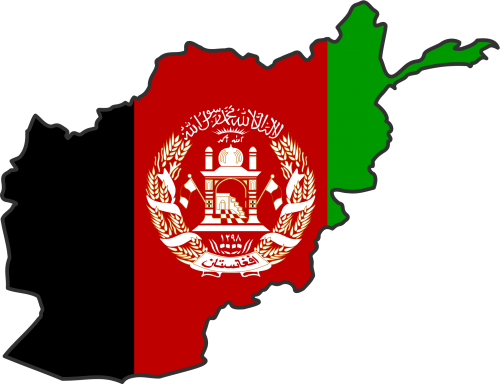
Future of Advising in Afghanistan
By: Will Atkins
 With a backdrop of last month’s successful Afghan Loya Jirga, much ado has been made questioning the role of Coalition advisors in Afghanistan post-2014. Some argue that the Coalition should leave Afghanistan altogether, opting for a “zero option.” However, following the first fighting season with Afghan forces in the lead for security nationwide, the future peace and security of Afghanistan relies on a small number of future advisors remaining in-country.
With a backdrop of last month’s successful Afghan Loya Jirga, much ado has been made questioning the role of Coalition advisors in Afghanistan post-2014. Some argue that the Coalition should leave Afghanistan altogether, opting for a “zero option.” However, following the first fighting season with Afghan forces in the lead for security nationwide, the future peace and security of Afghanistan relies on a small number of future advisors remaining in-country.
The Loya Jirga was a meeting of 3,000 Afghan elders and senior leaders, and was specifically convened to discuss the 32-page draft Bilateral Security Agreement (BSA) between Afghanistan and the United States, and the status of Coalition forces in Afghanistan post-2014. The agreement, which was accepted by the popular will of the Afghan leadership, would allow a small number of American “boots on the ground” post-2014. The small number of soldiers being discussed would continue their current security force assistance (SFA) efforts by training, advising, and assisting the Afghan National Security Force (ANSF) in conducting their own counterinsurgency (COIN) campaign, but with minor differences.
In order to succeed with the limited number of remaining troops, the Commander of International Security Assistance Force (COMISAF) directed a transition from conventional security force assistance, to a functionally-based model. The previous advising construct focused on SFA teams directly partnered with individual Afghan combat units, in an effort to teach them how to “shoot, move, and communicate,” the basic building blocks of combat-effective troops. In June of this year, the Government of the Islamic Republic of Afghanistan (GIRoA) directed that the ANSF take the lead for security nationwide, conducting their own counterinsurgency campaign during the latest fighting season, while Coalition forces shifted to more of an enabling role. Although highly successful, this first nation-wide security campaign by the ANSF brought to light several sustainability gaps that still remain within the ANSF.
According to an ISAF SFA Guide scheduled to be published in January, a highly select group of advisors will be used to combat these sustainability gaps, and advisor teams will shift from being attached to individual ANSF combat units and will instead consolidate at the ministry and Afghan National Army (ANA) corps-level and above, specifically focused on the sustainability of the ANSF. Additionally, as the focus shifts to long-term sustainment efforts within the ministries, national institutions, and fielded forces; the large majority of Coalition security force advisors will need skill-sets such as logistics, distribution, facilities maintenance, influence operations, and intelligence. That is, those critical capability gaps that undermine the ANSF’s ability to execute lead security responsibility without Coalition assistance. These specialty advisors will enable the ANSF in five functional areas: logistics, leadership, training, command and control, and combined arms integration/layered security integration.
This type of multi-echelon, functionally-based SFA will ensure ANSF skills taught over the last decade do not atrophy. The shift will result in long-term success against an enemy determined to conduct high profile attacks (including partnered insider attacks) and the execution of a campaign through the use of fear, murder, and intimidation against the Afghan people. ISAF’s planned shift in focus to a functionally-based SFA model will ensure that the limited number of coalition advisors that may remain in Afghanistan post-2014 will help produce a self-sustaining ANSF, capable of deterring insurgent forces for future generations.
“The views expressed in this article are those of the author and do not reflect official policy or position of the Department of Defense, the United States Air Force, or ISAF.”





